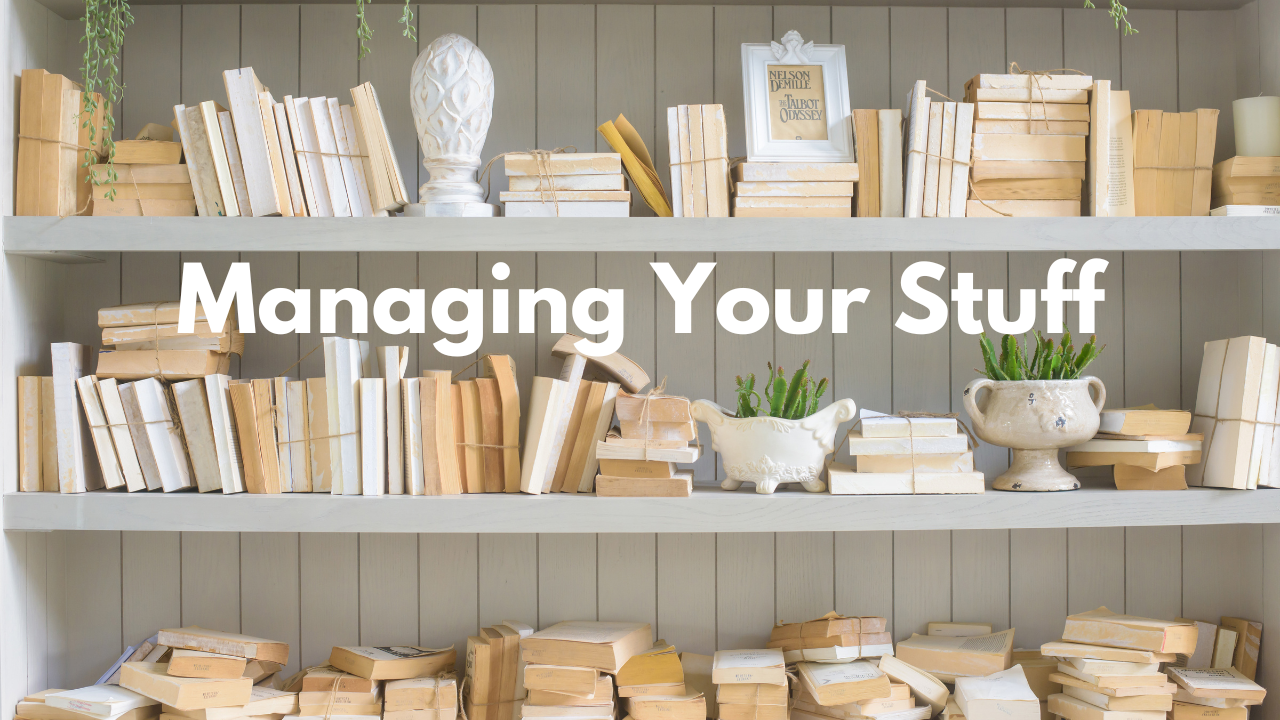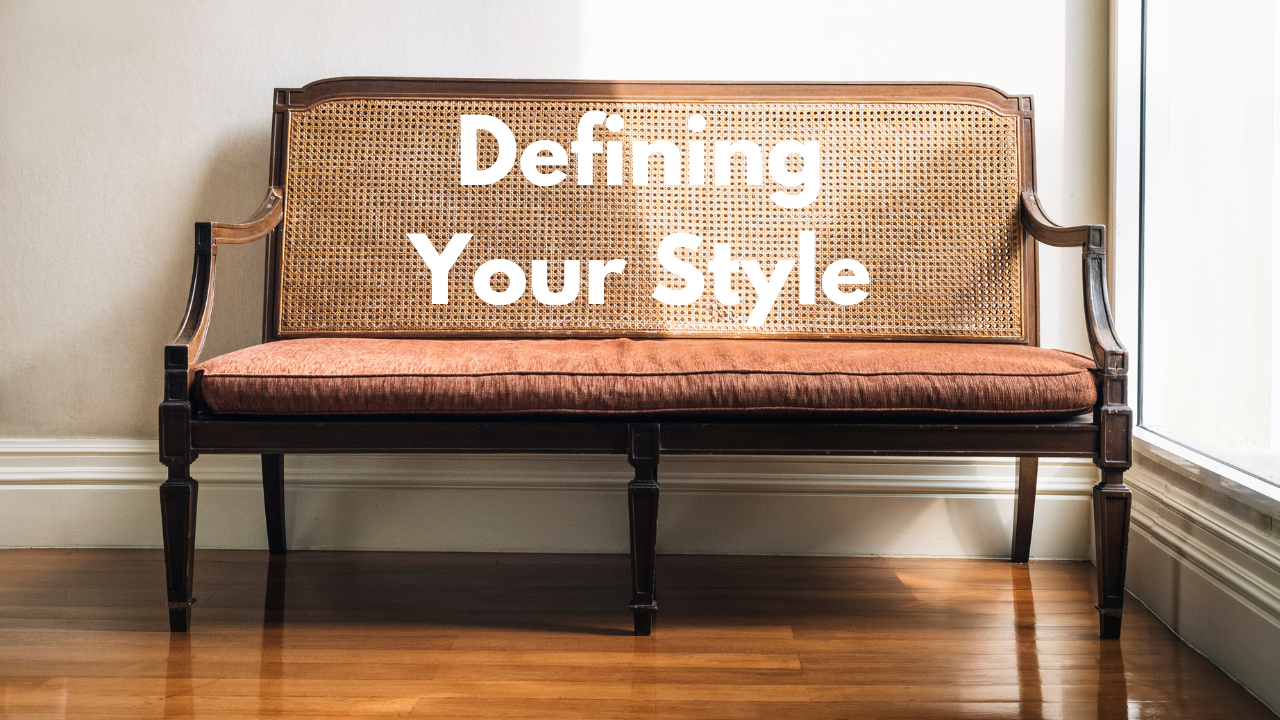
Ready to
Fix Your Room?
How To Interpret Your Scores
Refer to your scores in the email you just received.
Use the rubric below to see how you did. This is NOT a judgement of you or your abilities! Remember, we’re just trying to pinpoint the main reason your room isn’t working, according to your own assessment.
Below you’ll see information on 4 different areas of design having to do with how your room is functioning and how well developed your style is. Don’t get overwhelmed by trying to digest it all at once. Just read up on the area where you scored the lowest. (I’m going to repeat myself now…)
Focus on the area where you scored the lowest. That’s where you start!
if you scored below a 7 in more than one area, choose to start with whichever one seems the most do-able to you right now. Start with the one will give you the quickest win. And if you’re still stuck, send me an email zandra@slowstylehome.com, tell me why you’re stuck, and I’ll give you my advice!
Scores 1 - 7 = This is your weakest area. Making changes here would offer the biggest impact.
Scores 8 - 13 = This area needs a good amount of attention. Work on this second.
Scores 14 - 19 = You’re pretty solid in this area but there are a few tweaks you could make.
Scores 20 - 25 = You’re really strong here! Great job!
-

IF YOU SCORED 7 OR BELOW IN THIS AREA, START HERE:
WHY BASIC DESIGN RULES ARE IMPORTANT
I’m not a huge fan of design rules that tell people there’s an absolute right and wrong way to do anything in our homes. You’re the one who has to live there and be happy, so ultimately YOU get to decide what works for you! I do find, however, that there are some foundational rules (let’s call them guidelines :-) that, when applied, can take a room from feeling out of kilter to very comfortable. If you scored low in this area, the good news is that these are probably the easiest changes to make!
THE PROBLEM WITH NOT IMPLEMENTING THESE RULES
The underlying issue with not implementing the basic rules is that you may continue to spend money on things that don’t make a difference because you don’t know what the rules are in the first place. You may not realize it’s your seating arrangement that’s making you feel uncomfortable so you keep buying a new rug, lampshade and throw pillow thinking you just haven’t found the “right” combination yet.
THE WAYS YOUR ROOM WILL IMPROVE WHEN YOU IMPLEMENT SOME OF THESE RULES
Big impacts can come from small changes. Several of these basic design rules were hinted at in the quiz. For example, having more than just overhead lighting and not keeping your seating too far away from each other are two changes you can make without even spending any money. (If you need another light source, pull in a lamp from another room)! So before you do anything else, make sure you’ve got a good layout, the scale of the furniture and accessories makes sense, and your focal point is established. Making these tweaks can go a long way toward making your room feel more comfortable, livable, and pulled together.
NEXT STEPS
If you’re not sure what the basic design rules are, or you need personalized feedback about your room in particular, consider joining our monthly membership, the Slow Style Society. In it, you’ll get a mini-course on transforming one room in your home, with specific video lessons on the basic design rules. I’ll walk you through the entire transformation and you can get personalized feedback via email or during our monthly live calls!
-

IF YOU SCORED 7 OR BELOW IN THIS AREA, START HERE:
WHY MANAGING YOUR STUFF IS IMPORTANT
For a room to provide everything from comfort and safety to energy and inspiration, your stuff needs to be managed. In other words, visual clutter interferes with how we experience our spaces. Even if it’s just one small area of a room that’s piled with stuff that doesn’t belong there and hasn’t been intentionally chosen (from an aesthetic standpoint), your room is going to feel draining, unfinished, or temporary. Your room needs to be uncluttered (at whatever level of clutter you’re comfortable with), and it needs to operate smoothly (i.e. be organized at a level that you’re comfortable with).
THE PROBLEMS THAT HAPPEN WHEN YOU DON’T MANAGE YOUR STUFF
The problem with owning anything, from big pieces of furniture to the smallest piece of paper, is that it inherently requires you to make a decision about it. Do you keep it, donate it, or toss it? Just knowing you’ll have to make these micro-decisions is enough to keep you procrastinating. Another issue is getting everything organized, not to mention maintaining that organization system! Just when you go through all of your piles, you’re now faced with more decisions in terms of bins to use or label makers to buy.
THE WAYS YOUR ROOM WILL IMPROVE WHEN YOU TAKE THE TIME TO MANAGE YOUR STUFF
Dealing with your stuff not only gives you a clean slate in your room, it’s a chance to start defining your signature style in a hands-on way. I’m going to state the obvious. If you scored the lowest in this area, starting with a good clean-out is crucial to your ability to move on to the beautification aspect! And you may need some help when it comes to the things you really don’t know what to do with…Things you’re holding onto either because of sentimental reasons, because you spent a lot of money on them or because they’re still in perfectly good condition. For these things, you may need someone who’s more objective to come over and you may need to create your own little test for each item to “pass” in order to stay in the room.
NEXT STEPS
If you’re having trouble letting things go, you may need personalized feedback and a system specifically created for dealing with the “maybe” pile. (You know what I mean… the stuff that you can’t seem to toss OR give away)! If so, consider joining our monthly membership, the Slow Style Society. In it, you’ll get a mini-course on transforming one room in your home, and specific video lessons on decluttering and organizing. I’ll walk you through the entire transformation and you can get personalized feedback via email or during our monthly live calls!
-

WHY DEVELOPING A SIGNATURE STYLE IS IMPORTANT
The entire goal behind my Slow Style approach to design is to help you create a one-of-a-kind style so that who you are, where you’ve come from, and where you’re going is reflected back at you. I believe that living in these kinds of environments does wonders for our mental health and the amount of joy we experience in our daily lives.
THE PROBLEM WITH NOT HAVING A STYLE THAT’S UNIQUE TO YOU AND YOUR HOME
So HOW do you develop that kind of signature style? The challenge is to look past the trends and figure out what actually makes you happy when you look around your room. Connecting the dots between how you want to feel and what design elements to use is what I spend most of my time helping people with. It takes a willingness to self reflect, to be patient, and to experiment.
THE WAYS EACH ROOM IN YOUR HOME WILL IMPROVE WITH A SIGNATURE STYLE
Developing your signature style can be so rewarding! If you scored the lowest in this area, I’m excited for you because this is the fun part! You can start by thinking about the style you want to see throughout your whole home, but I think it’s easier (and wiser) to start with one room at a time. You’ll want to figure out how you want to feel or what you want to experience in the room and then envision how that’ll play out in the colors, materials and objects you choose. You don’t have to buy anything new, at least not right away. Start by bringing things in from other rooms to test out your ideas.
NEXT STEPS
If you don’t feel you have a signature style, or if you’re not sure what your style is at all, consider joining our monthly membership, the Slow Style Society. In it, you’ll get a mini-course on transforming one room in your home, with specific video lessons on identifying your signature style for each room in your home. I’ll walk you through the entire transformation and you can get personalized feedback via email or during our monthly live calls!
-

IF YOU SCORED 7 OR BELOW IN THIS AREA, START HERE:
WHY CONFIDENCE IS IMPORTANT WHEN IT COMES TO MAKING DESIGN CHOICES
Just like when you need to make decisions about what to get rid of, you need confidence to make decisions on what to bring into your room, whether it’s a new wall color, a piece of art, or a big furniture purchase. Heck, you even need confidence to choose a drawer pull at this point, given the overwhelming number of choices we have online! Having confidence means you pull the trigger on what your heart really wants even when your inner critic dithers around, wondering if you have the ability to be so creative. Having this kind of confidence frees you from worrying about making costly mistakes or wasting your time.
THE PROBLEM WITH NOT HAVING ENOUGH CONFIDENCE
What many people lack is a willingness to try things out, knowing they may not end up working. So they stick with safe, boring, bland, cookie cutter choices that are uninspiring and unmemorable to the people who live inside those rooms. The tendency then is to try to make things “go” together, boxing you into a forced style category.
THE WAYS YOUR ROOMS WILL IMPROVE WHEN YOU BUILD YOUR DESIGN CONFIDENCE
Confidence is often confused with having been born with a “creative gene.” Sure, there are some people who just seem to have a knack for creating a beautiful centerpiece or choosing patterns. But that’s not how you gain confidence. Confidence comes from experience, because your lived experience is something you can trust. So go ahead and make a commitment to something that you absolutely love. Move it around until it feels like it’s got the right home within your home (or the right natural light, or the right pairing). Sure, there’s a chance you may not like it after all. But since you’re starting with something you really love, you’re going to be happy with that choice more often than not. Keep doing that. Your confidence will soar.
NEXT STEPS
If you’re not sure how to build your confidence when it comes to spending time and money on your home, or you’re afraid to pull the trigger when it comes to trying something new, consider joining our monthly membership, the Slow Style Society. In it, you’ll get a mini-course on transforming one room in your home, with specific video lessons where you’ll actively develop your know-how. I’ll walk you through the entire transformation and you can get personalized feedback via email or during our monthly live calls!


